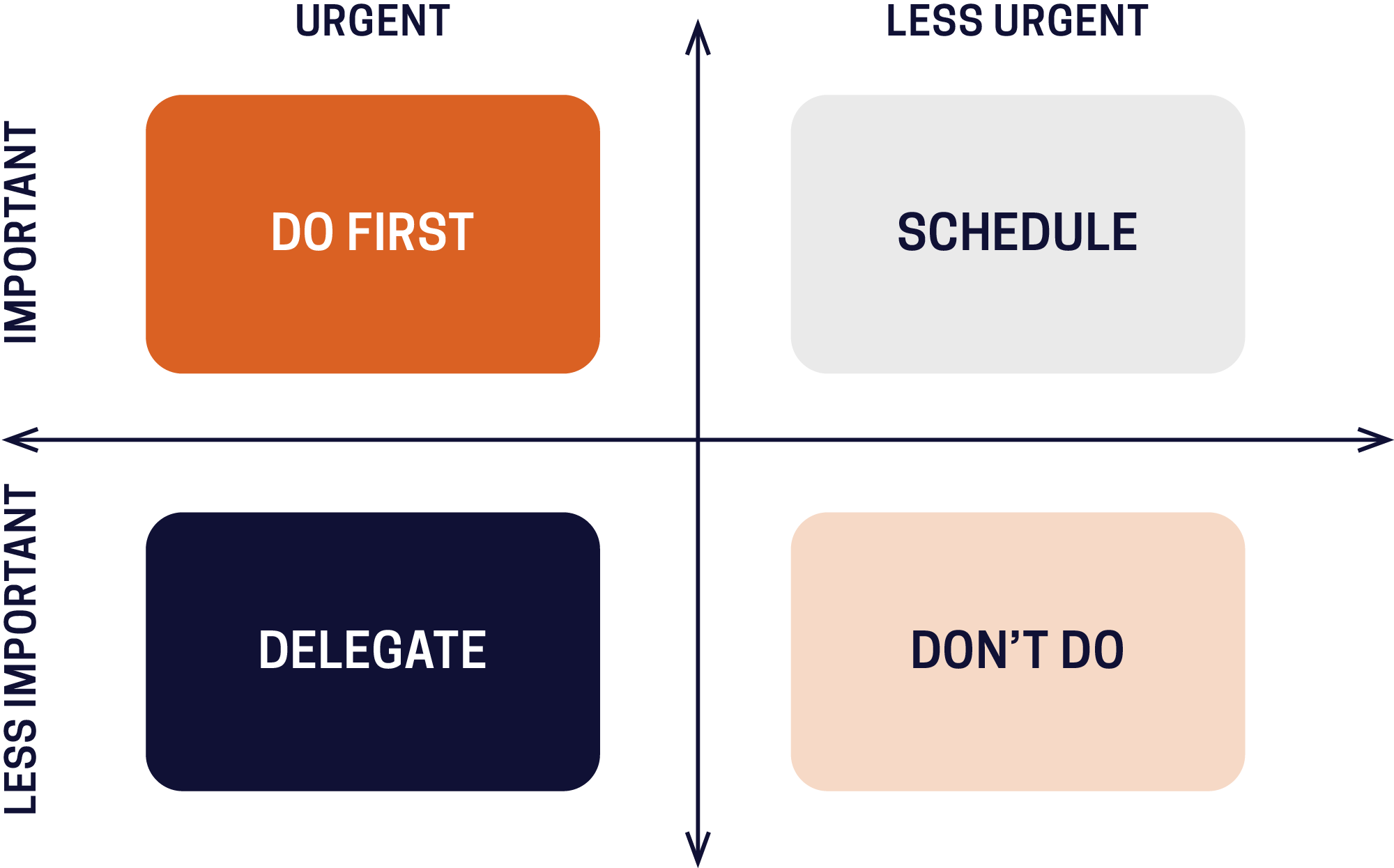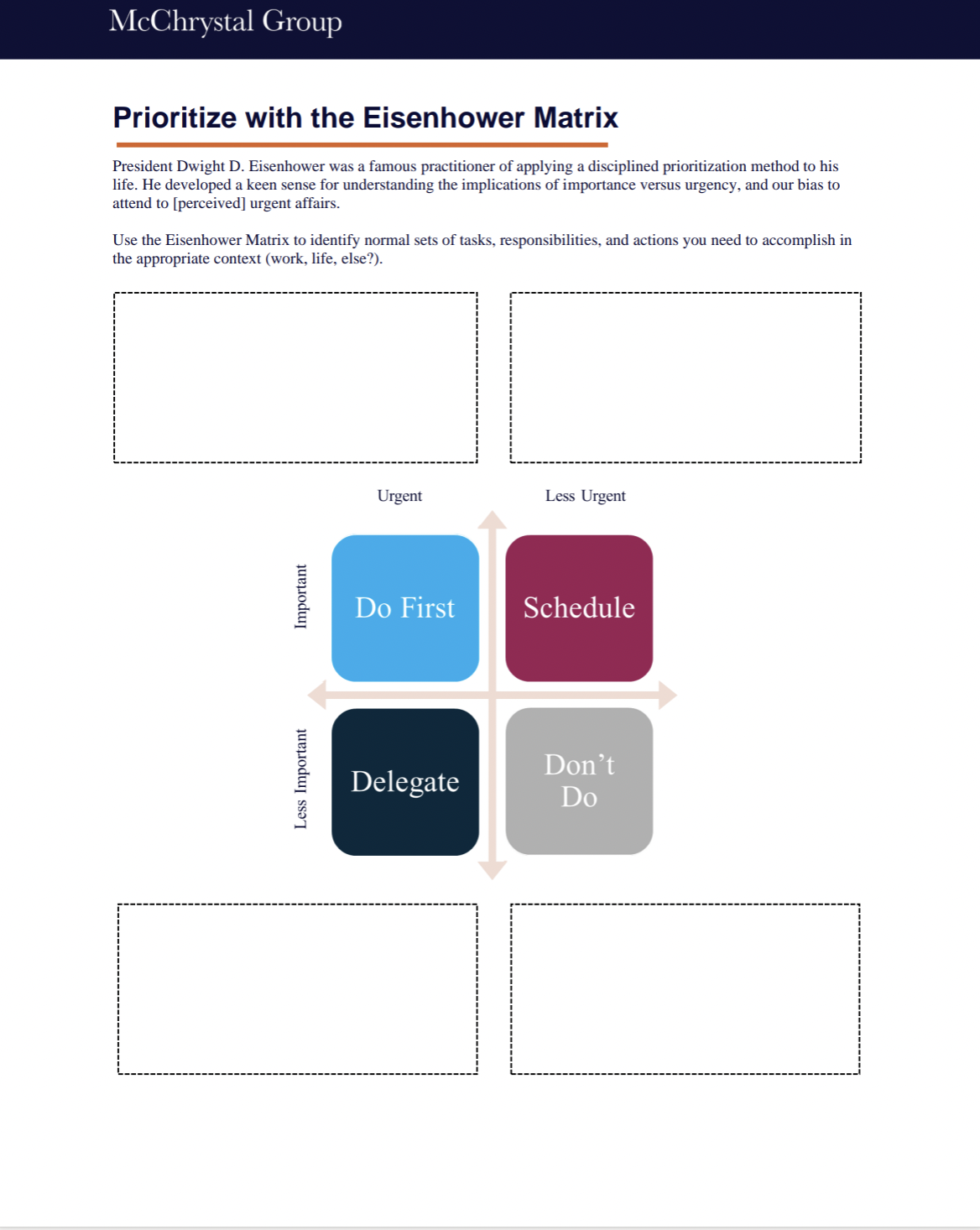In an era marked by rapid technological advancements and constantly evolving workplace dynamics, employees are still feeling disengaged from the work they perform, and organizations are grappling with the challenge of retaining talent and developing an engaged workforce.
A frequently cited statistic from a 2022 Gallup poll is that only 32% of EMPLOYEES ARE ENGAGED AT WORK and, unsurprisingly, the most important driver of engagement is the employee’s direct manager. The direct manager plays a crucial role in their team’s success, from creating a climate where team members feel that their work and well-being is supported to ensuring that the team is focused on what matters most to drive results.
Accordingly, across industries, companies are investing in leadership and management training to maximize productivity, engagement, and well-being. With so many potential training options, the challenge companies face is determining who to invest in and what the training should focus on to make the most out of their investment.
Who: Shift Your People Managers’ Behavior
Being promoted to a people manager role requires a shift in perspective and behavior, from focusing on one’s individual performance to developing a management style that can sustain in complex environments and across distributed teams. Teams look to their manager to encourage new ideas, while keeping the team focused on key priorities, to leverage diverse perspectives while remaining decisive, and to drive business outcomes while encouraging healthy work-life balance. Navigating these dichotomies and the natural tensions that arise requires trust and establishing processes and ways of working to keep teams aligned with the mission and objectives of the business.
Some degree of skill training is necessary to make this managerial jump, but for most new people managers, the truly difficult challenge is rooted in behavior change – not knowledge acquisition. Even when experienced people managers know they should provide consistent feedback, delegate more frequently, or hold their team members accountable, there is often a disconnect in their words and actions. These new people managers must be equipped with the “how” — and that requires a wholly different structure and methodology.
Rather than deploying the typical pedagogical methods that attempt to jam information into a person’s long-term memory through various mnemonic devices, behavior change calls for social learning experiences that use discussion, reflection, and simulation to enable people managers to imagine how their behavior could shift in a tangible, constructive way. But the question remains, with all the essential competencies a people manager must utilize, which ones will actually drive greater employee engagement?
What: Prioritize Developing Your People Managers’ Prioritization
There is an inexhaustible list of potential topics that could serve as your focal point for a leader development program. There is, however, a very small list of behavior changes that will disproportionately help your organization achieve its goals. Interestingly, one of the top indicators of team member engagement is how effective their direct manager is at prioritizing and allocating limited resources across competing priorities, our research shows.
Every manager feels the tug between dealing with the constant stream of urgent issues that demand attention and setting aside time and resources to focus on important, long-term initiatives. To balance the tension of these demands, managers must be able to (1) properly categorize tasks, and then (2) display the discipline to act accordingly in the midst of perpetual change (and distractions). Below are two techniques we’ve often used during trainings with People Managers to strengthen their ability to quickly categorize tasks and then take appropriate action.
The Eisenhower Matrix, a frequently used framework for prioritization, is a simple tool that can help leaders to categorize and resource tasks based on their urgency and importance in relation to the team’s mission and strategy.

To use the matrix, we want to categorize tasks as:
- IMPORTANT and URGENT: Obviously, these tasks should be top priority and resourced first. If more than three of your tasks fall into this category, there is a high likelihood that you may be overestimating the importance of a task.
- IMPORTANT but LESS URGENT: Block out the time that is required for these tasks and then be disciplined about not scheduling over that time as urgent issues pop up.
- LESS IMPORTANT but URGENT: Tasks in this quadrant can be a great learning opportunity for team members. If they are less important, then they also have less risk which allows for a greater degree of delegation. Just be sure to give them the background context and situational awareness they need to make appropriate decisions.
- LESS IMPORTANT and LESS URGENT: Our calendars are filled with distractions that eat up our most precious resource – time. Eliminate those unnecessary time-sucks so that you can put your energy into tasks that matter.
While the Eisenhower Matrix is a relatively simple framework, people managers often struggle with making the hard decision between which tasks to execute with limited resources. Force ranking tasks into a prioritized list is a good place to start, but again, many people managers find it difficult to remove tasks even if they are lower on the list. A great exercise to force leaders to think about how they will allocate their limited resources of time and energy across their list of priorities is the 100 Pennies Exercise. The premise of the exercise is simple – take the force-ranked list of priorities and distribute 100 pennies across the list, allocating the pennies to each task based on the amount of time/resources you plan to dedicate. It provides a quick snapshot of what tasks will likely get accomplished and which ones won’t.
Organizations are wise to look to learning and development as an effective lever to promote employee engagement, but more often than not they focus on the wrong set of leaders and on broad topics that sound loosely tied to engagement. If you want to make a real impact on employee engagement, provide your people managers with simple, concrete tools that can strengthen their ability to prioritize.
A clear list of priorities demonstrates to team members that the leader recognizes their time and energy are valuable. It reduces the likelihood of burnout and feeling disheartened that things aren’t being accomplished. It removes the anxiety and frustration that comes with unclear direction and energizes the team around a clear collective goal. It almost seems too simple, but the data clearly shows that when teams understand what needs to be accomplished and how they should spend their time, their engagement will skyrocket.




